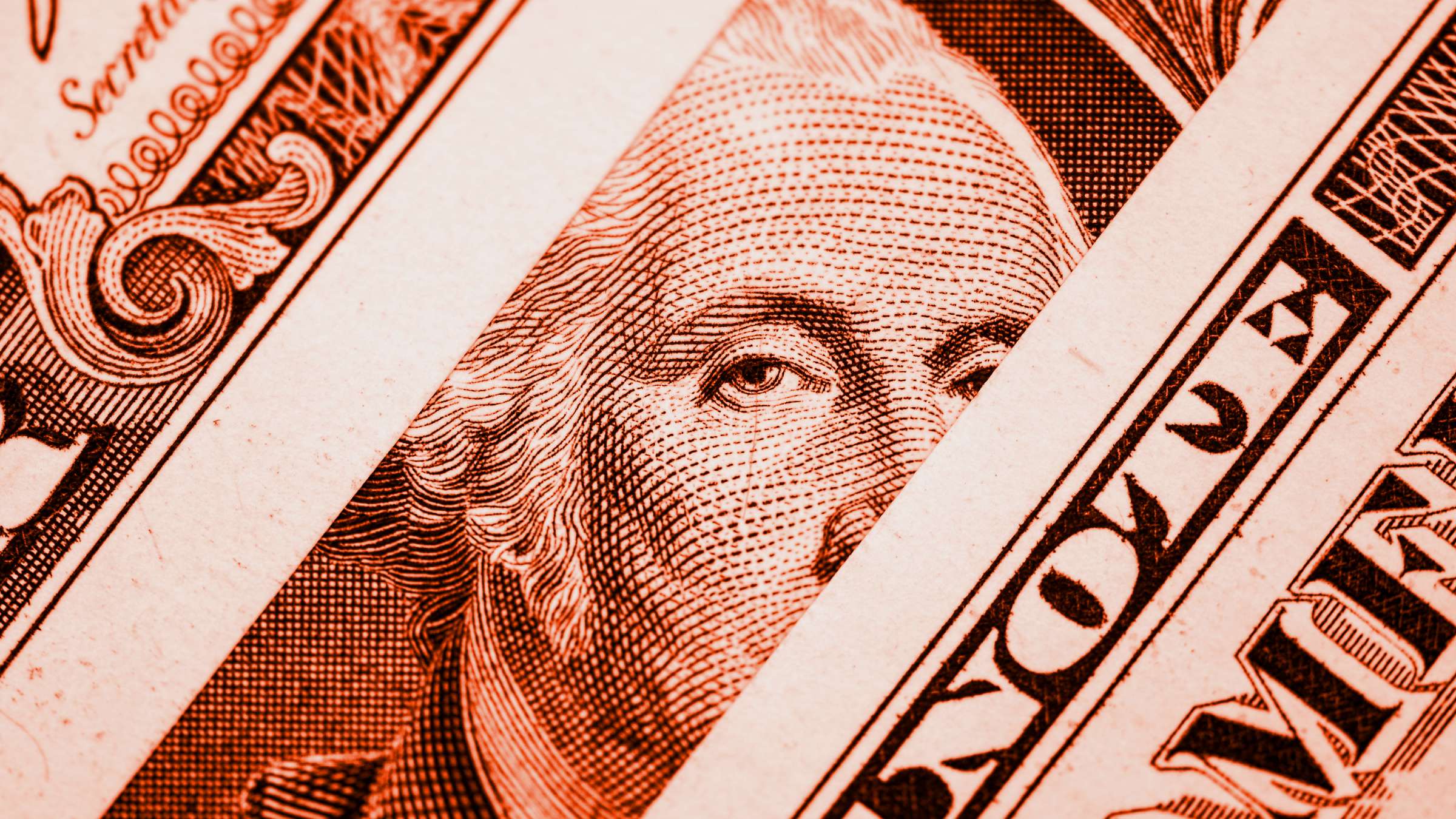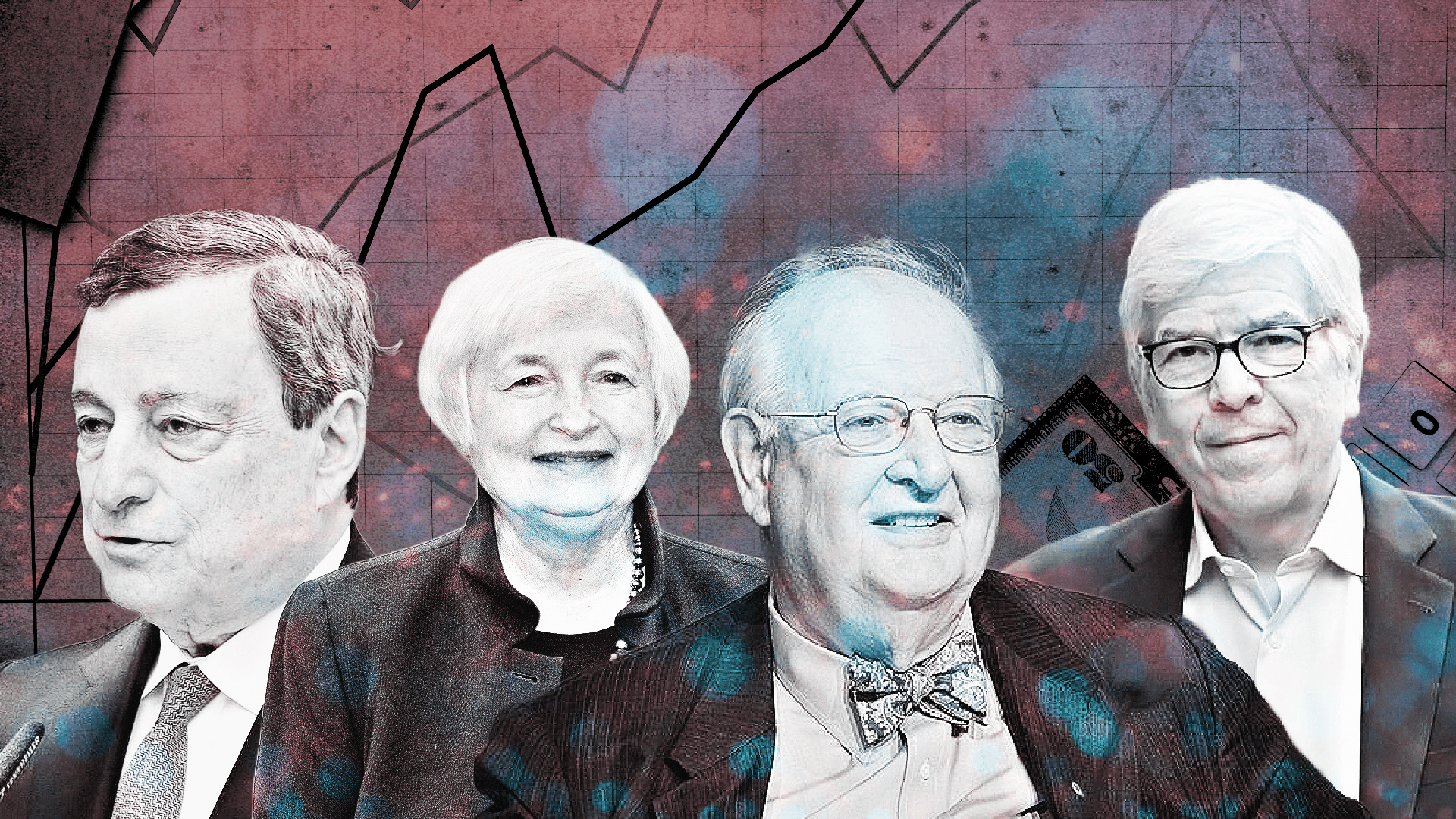
[Dean Baker| December 04, 2016 |Beat the Press]
Harvard professor, textbook author, and occasional New York Times columnist Greg Mankiw told readerstoday that Donald Trump’s economic team is wrong to worry about the trade deficit.
“The most important lesson about trade deficits is that they have a flip side. When the United States buys goods and services from other nations, the money Americans send abroad generally comes back in one way or another. One possibility is that foreigners use it to buy things we produce, and we have balanced trade. The other possibility, which is relevant when we have trade deficits, is that foreigners spend on capital assets in the United States, such as stocks, bonds and direct investments in plants, equipment and real estate.” …
“…in reality, trade deficits are not a threat to robust growth and full employment. The United States had a large trade deficit in 2009, when the unemployment rate reached 10 percent, but it had an even larger trade deficit in 2006, when the unemployment rate fell to 4.4 percent.
“Rather than reflecting the failure of American economic policy, the trade deficit may be better viewed as a sign of success. The relative vibrancy and safety of the American economy is why so many investors around the world want to move their assets here.”
There are three points worth making here. First, purchases of financial assets, like stock and bonds, do not necessarily translate into greater output and employment. Mankiw may have missed it, but we had a long stretch of very high unemployment following the collapse of the housing bubble in 2008. The Fed purchased plenty of financial assets in this period, it had some effect on boosting output and employment, but did not come close to getting the economy back to full employment. (The assets don’t care whether the Fed or foreigners purchase them, it has the same effect on output and employment.)
Second, much of the foreign purchases of U.S. assets were not because of the “vibrancy and safety” of the U.S. economy. Following the East Asian financial crisis in 1997 many developing countries felt that their central banks had to accumulate massive amounts of reserves to avoid ever facing the same situation as the countries of the region faced in 1997. (In other words, they didn’t want to have a U.S.-directed I.M.F. bailout.)
This meant buying up massive amounts of dollars. That held down the value of their currencies, which in turn allowed these countries to run large trade surpluses. That reversed the textbook pattern where capital is supposed to flow from rich countries where it is plentiful to poor countries where it is scare. In the years since 1997, poor countries have been massive exporters of capital to rich countries.
The third point is that this trade deficit has created a large gap in demand, pretty much as Trump’s economics team claims. In the late 1990s we filled this gap in demand with the demand generated by the stock bubble. When that bubble burst in 2000–2001, the ensuing recession gave us the longest period without job growth since the Great Depression.
We then filled the gap in demand with the housing bubble which brought us the 4.4 percent unemployment rate in 2006 cited by Mankiw. When that bubble burst we got an even longer and deeper jobs drought as we had no easy source of demand to fill the gap created by the trade deficit.
In fact, this is the whole point of the literature on secular stagnation pushed by economists like Paul Krugman, Larry Summers, and Olivier Blanchard. There is no easy mechanism for filling large gaps in demand. When inflation is very low, it is difficult to push interest rates low enough to generate much additional demand. These economists all advocate more government spending and large budget deficits in this context to boost demand, but a smaller trade deficit would have the same effect.
If we generate $100 billion in demand by having the government spend more money or by replacing $100 billion in imports with $100 billion in domestically produced goods and services, it has the same effect on output. In a context where there are major political obstacles to larger budget deficits (think Peter Peterson, Paul Ryan, and the Washington Post), a smaller trade deficit may be the most plausible route back to full employment.
In short, the Trump team is largely right in this story. It makes you wonder what’s in Mankiw’s textbook.













